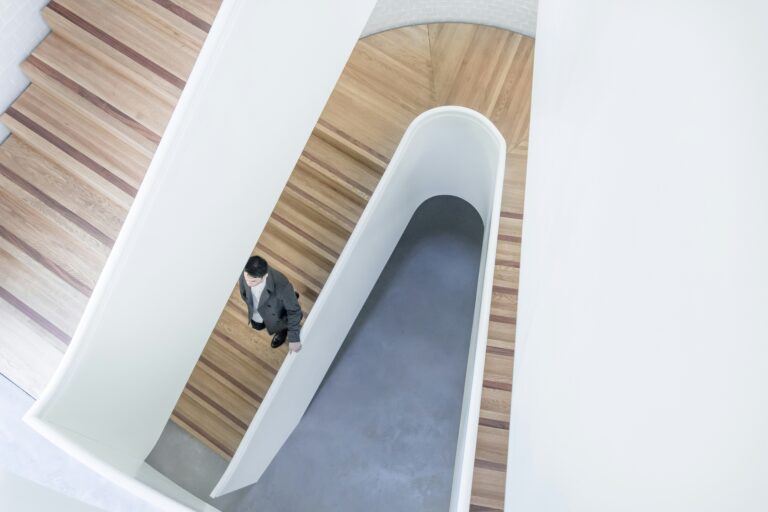Interim User Experience Researcher FAQs
- What is an Interim UX Researcher day rate?
- In today's market in the UK, a day rate of £400 to £500 would be expected at an Interim User Experience Researcher level.
- What types of research do Interim User Experience Researchers typically conduct?
- Interim UX Researchers may undertake both qualitative research (e.g. user interviews, usability testing, field studies) and quantitative research (e.g. surveys, analytics reviews, A/B testing) They tailor the approach to match the organisation’s goals, timelines, and user needs.
- How long is a typical Interim UX Research contract?
- Typically between 1 to 4 months, though it depends on the project scope or reason for the hire. Some may stay longer if supporting large initiatives or helping stand up a new research practice.
- What does an Interim UX Researcher do?
- An Interim UX Researcher is brought in temporarily to plan, conduct, and synthesize user research to inform product and design decisions. They help teams understand user needs, pain points and behaviours - ensuring products are grounded in real user insight, even during a leadership gap or fast-moving project.
- When should a company hire an Interim UX Researcher?
- A company may bring in an interim researcher when: - The current researcher is on leave (e.g. parental leave) - There’s a gap before a full-time hire - A critical product phase requires rapid user insight - The company is standing up a UX function for the first time
- What skills are essential for an Interim UX Researcher?
- Top skills include qualitative and/or quantitative research methods, synthesis and storytelling, cross-functional collaboration, quick onboarding and adaptability. Interim researchers need to deliver actionable insights fast and often with limited onboarding time.



